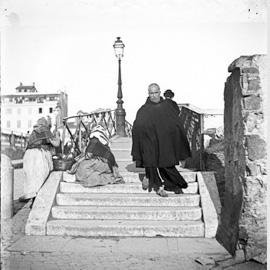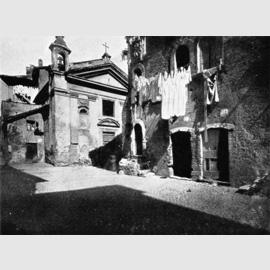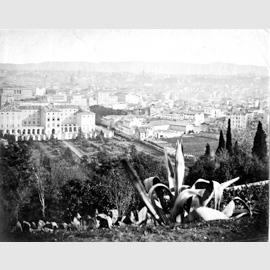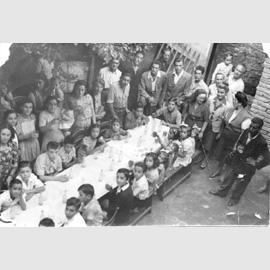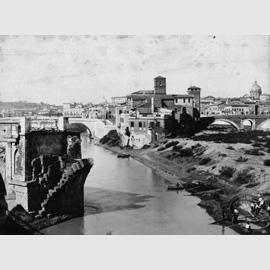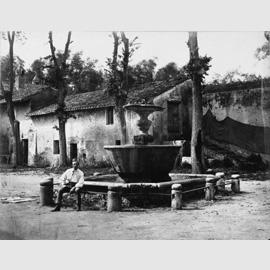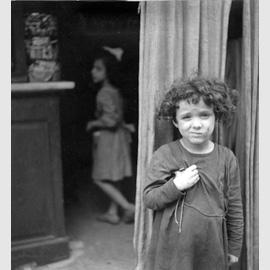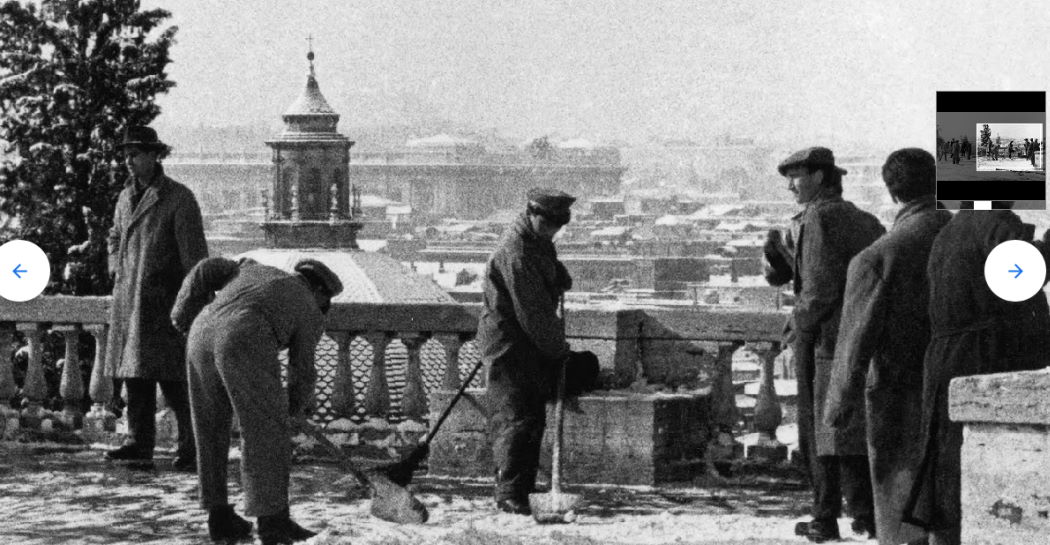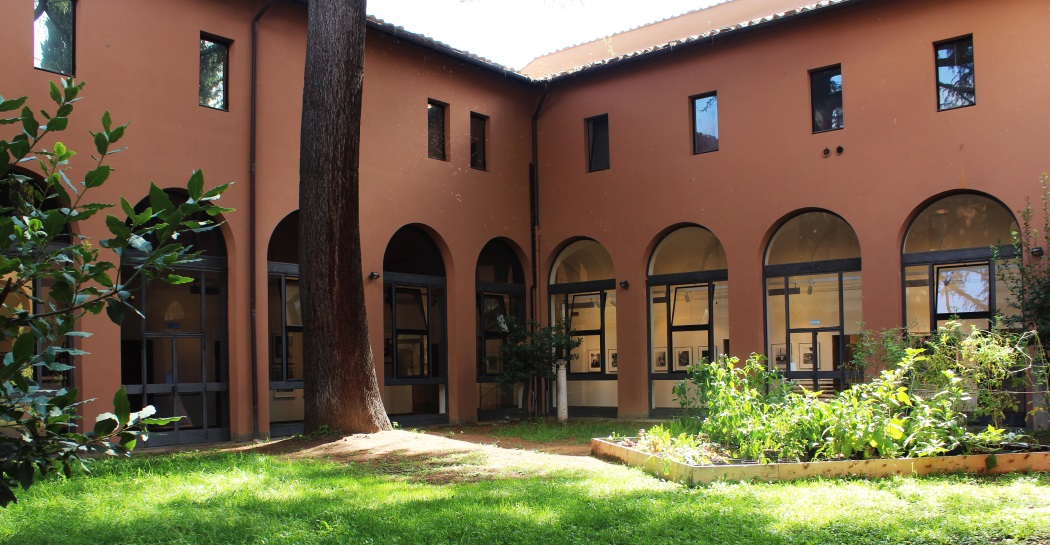Trastevere: the transformation of the local community and urban fabric between the 19th century and today
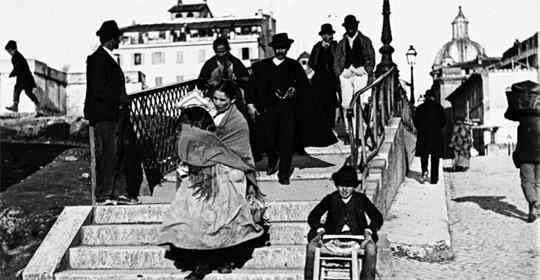
The exhibition features a selection of visual images, archive material and period journals divided into six sections, each of which provides an in-depth perspective of different aspects of Trastevere: changes to the fabric of the district and events it has witnessed, its historic heritage, the history of the River Tiber, the history of places in Trastevere that have provided succour, education, imprisonment and of local productive activities and last but not least, social and cultural changes.
The exhibition, featuring more than 400 photographs, is entitled “Trastevere: the transformation of the local community and urban fabric between the 19th century and today” and it encompasses more than 150 years of urban, social, cultural and employment history in a particularly idiosyncratic district that has existed for some one thousand years. Sponsored by the City of Rome’s Department of Cultural Policies and CROMA- Università degli Studi Roma Tre, under the joint curatorship of Carlo M. Travaglini, K. Lelo, C. Mazzarelli and G. Stemperini, the exhibition, hosted by the Museum of Rome located in Trastevere itself, opened on 15 December 2007 and will run until 24 March 2008.
The sixth part of the exhibition, dedicated to the Janiculum however, will be hosted by the American Academy in Rome between 14 February and 15 March 2008.
The first section of the main exhibition, “Changes to the fabric of the district and events it has witnessed” begins with the work commissioned by Pope Pius IX in the 1860s in order to improve the generally seedy condition of the neighbourhood and then continues with the 1883 Town Planning Scheme that led to entire blocks being demolished in order to make way for the building of a new avenue called “viale del Re”, known today as viale Trastevere.
The construction of the embankment along the Tiber also meant that many buildings along the river were either rebuilt or more often than not, demolished. One of these was the magnificent Politeama Theatre that can be seen in two rare photographs on display in the exhibition. Others included the Alberteschi Tower and the Church of Saint Saviour’s, one of the oldest in the district and here depicted as it was in the early 19th century in a Roesler Franz watercolour. Other significant changes ensued from two further Planning Schemes, one commissioned in the early part of the 19th century by Rome’s London-born Mayor, Ernesto Nathan, and the other dated 1931 approved nine years after the march on Rome that was the culmination of Mussolini’s bid for power.
The latter of these schemes led to the building of the National Institution for Mothers and Infants, the Reale Cinema, the Association of Young (Italian) Fascists and the State Monopolies After-work Club. The mostly revolutionary innovation however was undoubtedly the opening of the tunnel that ran underneath the Janiculum hill, needed to link the centre of Rome with the newly expanding areas along the via Aurelia. Further regeneration projects, approved in 1939, had to be abandoned somewhat abruptly with the outbreak of WW II and a bombing raid on 15 February 1944 completely destroyed all the industrial workshops and a great many houses, not to mention the death of dozens of people. Once the war was over, there was a rush to build new homes, but even now, the historic heart of Trastevere still exudes the fascination of its thousand years of history, thanks to Planning Schemes approved during the Republic era (1962-2003) designed to preserve its character that had evolved despite, or perhaps because of, the somewhat discordant appearance of buildings constructed during all those centuries.
The second section is a collection of visual images that depict Trastevere’s historic heritage. There are photos of the buildings that overlooked the river before the safety embankments were built and of the Janiculum walls commissioned by Pope Urban VIII, but the main focus of the display is the work on the churches of Saint Cecilia and Saint Maria in Trastevere and the areas around them during the 1830s.
The relationship between Trastevere and the river it is named for - the Tiber is called Tevere in Italian - is explored in the third section, “The Bridges and wharves of the Tiber”, which illustrates the urban and social changes from the 1880s onwards, brought about by the construction of the embankment walls. Up until then, the neighbourhood had been strewn with evidence of the many activities that depended on the river: commercial wharfs, quays where boats could be tied up and floating mills were all part of the urban landscape. Although the river certainly provided many with economic benefits, the regular flooding of the Tiber caused all sorts of problems which is why the high walls of the embankment were so necessary. They completely changed the appearance of the whole city however - Trastevere included - as to make way for the walls, houses, wharves and churches had to be destroyed, along with the lighthouse built by order of Pope Pius VII at the beginning of the 18th century.
Trastevere has long been a neighbourhood with a reputation for caring and helping the community. This is reflected in the fourth section of the exhibition “the history of places in Trastevere that have provided succour, education, imprisonment and of local productive activities” that concentrates on the district’s institutions founded specifically to provide education, training or health care. Conservatories, hospices, schools, clinics and prisons were often major employers too and the work carried out within their walls was an extremely important part of the local economy and a real cornerstone to the city’s productivity network.
Thanks to its location just beyond the river, not far from the historic centre of Rome, Trastevere, historically speaking, has always been home to various penitentiaries. So much so in fact, during the latter part of the 19th century, nearly all of the city’s jails were to be found within its boundaries.
Section five, “Social and cultural changes” is an emotive succession of images that document some of the many vicissitudes of Trastevere’s tormented social and political history and reflect its strong identity and deep rooted existence. The 1960s provide the particular focus of this section; the district had been very inward looking up until then, but the behaviour and outlook of the younger generations and the huge cultural upheaval of those years led to many changes. There were the “flower children” who hung around the square in front of the Church of St. Mary’s in Trastevere and the “Folkstudio” music workshop in via Garibaldi that was a breeding ground for some of Italy’s most famous singer-songwriters such as Francesco de Gregori, Antonello Venditti and Rino Gaetano.
Despite all these changes however, Trastevere, with its deep roots and vibrant atmosphere is just as it was during the times of famous local artist Pinelli and Rome’s favourite poets Belli and Trilussa although these days it is filled with tourists and has become one of the most cosmopolitan areas of the city.
The last, sixth section, “The Janiculum” that opens on 14 February 2008 at the American Academy in Rome, is full of historic and artistic images that tell the story of one of Rome’s most fascinating neighbourhoods on a journey that spans the distant and not so distant past.
CROMA - Centro per lo studio di Roma
Information
tuesday - sunday 10.00am - 8.00pm
24th and 31th december 10.00am - 2.00pm
The ticket office closes one hour before closing time.
Closed on 25th december, 1st january
15th - 18th december
ordinary € 3,00
reduced € 1,50
19th december - 24th march
ordinary € 5,50
reduced € 4,00
Tickets and reservations
060608 every day 9.00am - 10.30pm


























